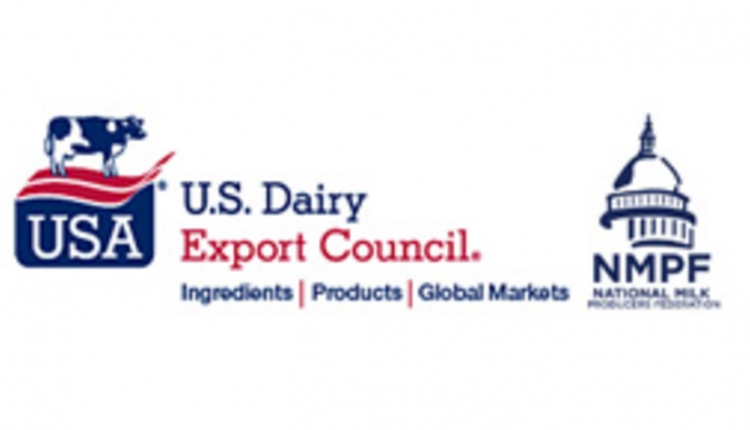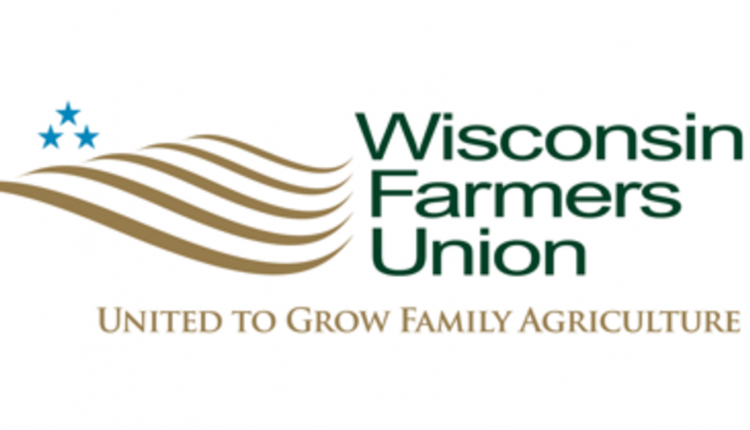As printed in our January 25, 2016 issue...
CLASS III FUTURES FELL OVER $1 per hundredweight for February to July contracts in December-to-early-January trading. Growing global dairy product inventories and slower growth in the Chinese economy led to lower prices. Contracts averaged near $14.40.
WITHOUT STRONG DEMAND FOR MILKFAT, milk checks would be even lower. Late last year, milkfat contributed to two-thirds of the total milk check. Prior to 2015, this proportion averaged just over one-third.
IN OTHER WORDS, FARMERS' CHECKS were roughly twice as dependent on the price of a single dairy product - butter- than they have been in all previous years, noted NMPF's Peter Vitaliano. Also, income was twice as dependent on butter price than on all three other products combined.
EVEN AFTER LOSING 90 CENTS per pound since early December, $2-per-pound butter prices remained well above global values. On the other hand, spot cheese blocks slipped a dime to $1.46 per pound and approached world values, which could improve U.S. export possibilities.
DAIRY HELD ITS POSITION in the just-released USDA Dietary Guidelines for Americans. One of the core reasons dairy kept its place, and even its own category, is the woeful bone health in the U.S. population.
OSTEOPOROSIS (BRITTLE OR FRAGILE BONES) afflicts 15 percent of all American women and 4 percent of men. Low bone mass was even higher with 51 percent of women and 35 percent of men afflicted.
THREE SERVINGS OF DAIRY remained the recommendation with preference toward fat-free and low-fat (1 percent) milk, yogurt and cheese.
NEARLY 35,000 DAIRY COWS PERISHED in Texas and New Mexico due to blizzard conditions. Area dairy specialists estimate that death losses could be double that among young stock. Even after post-storm cleanup, milk losses could linger for a year as cows went unmilked for two days.
AT 12.7 PERCENT OF MILK FLOW, the U.S. exported its lowest share of milk solids for the year this November. While volume was only down 9 percent for the year, value fell 27 percent. Imports crept up to 4 percent.
CANADA IMPORTED 8.8 MILLION POUNDS of butter after the Canadian Dairy Commission realized there would be a shortfall. The organization had anticipated growing demand, but the 4.8 percent boost in milk quota did not ramp up milk flow quickly enough to meet needs.
DAIRY FARM EQUITY GREW by $100,000 per operation from 2013 to 2014, reported USDA in its Agricultural Resource Management Survey. Overall, total equity in all U.S. dairy farms reached a record $99 billion.
BLUE BELL CREAMERIES AND CHIPOTLE are both being investigated by the U.S. Department of Justice for listeria and norovirus outbreaks.






